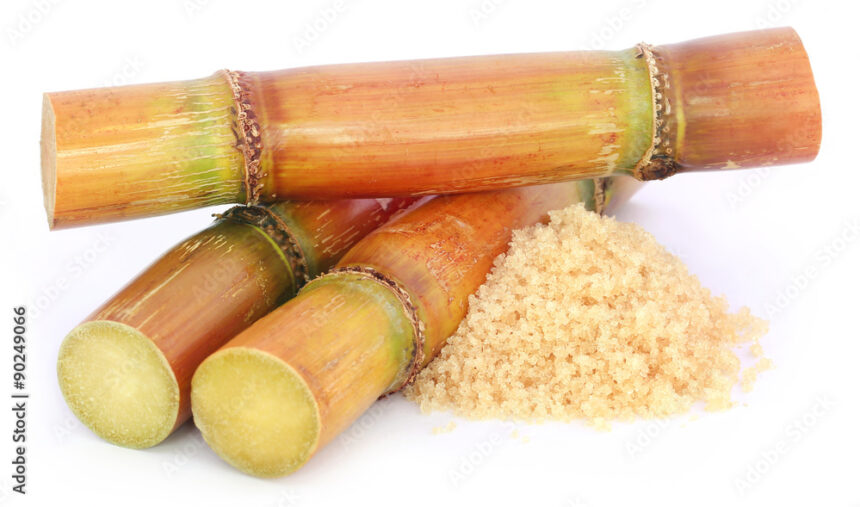Sugarcane smut is a fungal disease caused by the pathogen Sporisorium scitamineum. It affects sugarcane plants and can cause significant yield losses if left unchecked. Here are some common symptoms of sugarcane smut that you should look out for:
- Smut whip: One of the most characteristic symptoms of sugarcane smut is the development of a smut whip or whip-like structure. This whip emerges from the affected nodes of the sugarcane stalk and is usually thicker and darker than normal shoots. The whip is covered with dark masses of fungal spores.
- Galls or smut balls: As the disease progresses, the smut whip turns into a gall or smut ball. These galls are irregularly shaped, black to grayish-black, and contain large amounts of fungal spores.
- Abnormal growth: Infected sugarcane plants often exhibit abnormal growth patterns. This can include stunted growth, shorter internodes (the sections between the nodes), and reduced plant vigor.
- Leaf discoloration: Leaves of infected sugarcane plants may show discoloration. They may turn yellow or red, or develop dark, necrotic spots.
- Disfigured inflorescence: The flowering structures of sugarcane, known as inflorescences, can be affected by smut. Infected inflorescences may become distorted, with abnormal development of flowers and spikelets.
- Reduced yield: Sugarcane smut can significantly reduce the yield of infected plants. Infected stalks often produce fewer and smaller canes, leading to decreased sugar production.
If you notice any of these symptoms in your sugarcane crop, it is important to take immediate action. Consult with a local agricultural expert or plant pathologist for an accurate diagnosis and to develop an appropriate management strategy to control the disease and minimize its impact on your crop.
Join 'Farmers Mag' WhatsApp Channel
Get the latest Farming news and tips delivered straight to your WhatsApp
CLICK HERE TO JOIN






